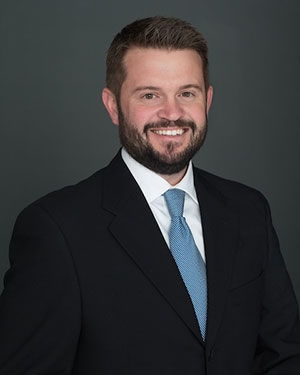For a recreational athlete or weekend warrior in your 30s-60s, there are few more ominous sounds than the distinct and loud “pop” that comes from your ankle when you’ve torn your Achilles tendon. The “pop” is usually followed by the immediate sensation of someone or something hitting the back of your ankle. My own Achilles tendon rupture was textbook. As I pushed off with my left foot to jump I felt something give, everyone in the vicinity heard a “pop,” and I was sure someone had kicked the back of my heel.
Achilles tendon tears or ruptures are often preceded by symptoms of Achilles tendonitis (see my previous blog about Achilles tendonitis). Occasionally, an Achilles tendon can tear without any warning signs or symptoms.
Common risk factors for Achilles tendon ruptures:
- Steroid injections into or around the tendon
- Antibiotics from the fluoroquinolone group such as Levaquin and Ciprofloxacin
- Age and sex. Most injuries occur in males in their 30s and 40s
- Being overweight
- Unsupportive shoe gear
- Poor training habits i.e., not warming up, increasing distance, changing ground surfaces
If a tendon is believed to be torn either partially or completely following a thorough clinical examination, often advanced imaging such as MRI or ultrasound are used to evaluate the extent of the injury and to assist in developing a treatment plan. Achilles tendon ruptures are treated both surgically and non-surgically. Non-surgical treatment involves a prolonged period of immobilization in a cast or boot for 6-8 weeks. Surgical treatment involves end to end repair of the torn tendon. Surgery is also followed by a period of prolonged immobilization. Factors involved in developing a treatment plan are:
- Extent of the tear
- Amount of time passed since initial injury
- Other health problems, such as diabetes
- Age of the patient
- Activity level of the patient
In general, surgical repair has lower re-rupture rates, and they preferable outcomes in terms of restoration of strength and function and a speedier return to normal activities. Surgery does however have an increase in minor complications such as infection or problems with the wound healing. Both surgical and non-surgical treatments should always be followed by physical therapy.
How to prevent Achilles tendon injuries:
- Frequent stretching of lower leg muscles
- Stretching immediately prior to physical activity
- Having a short warm-up period prior to engaging in full speed activity
- Wearing supportive shoe gear
- Using accommodative inserts or orthotics if a gait abnormality such as over pronation is present
- Incremental buildup of activity level if you are just getting started
- Prompt treatment by a medical professional when symptoms of Achilles tendonitis first appear

